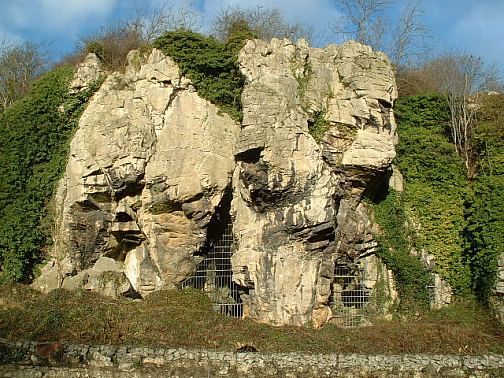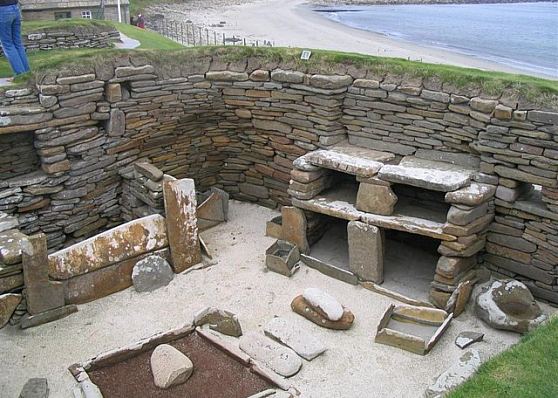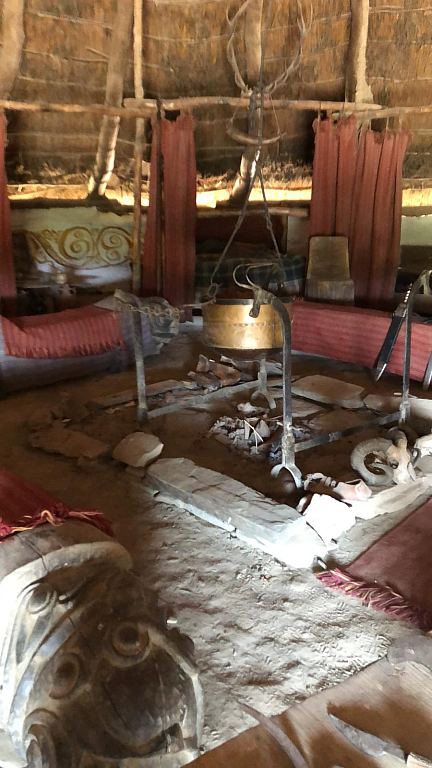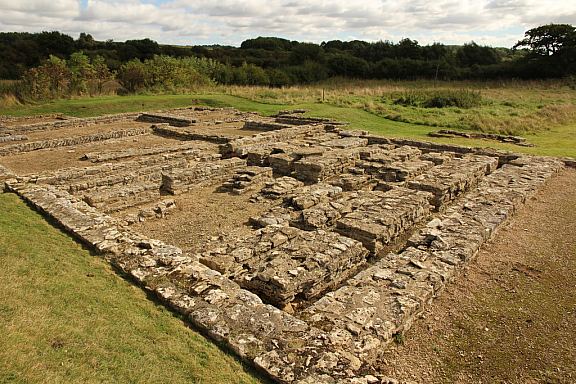I spent thirty years making hand-crafted, carved and turned miniature furniture. Well, you have to do something, don’t you? My business, Pear Tree Miniatures, came to an end because I reached retirement age but, more importantly, my eyes could no longer cope with the fine detail. But as I relinquished my business website, along with all the articles I had created on the subject of (British) old houses and furniture, I thought I would transfer much of it here, to my author’s website. So here’s the first instalment, about the very earliest houses in prehistoric times i.e. in times before written records.

There’s a lot of talk about the property market, regarding houses as investment, but down the centuries what a house really meant was a home. Homes start with shelter. In a society of hunter gatherers, permanent shelters are not required. Better to make do with a hastily raised shack of whatever is available, or maybe an available cave, if not already inhabited by something hairy with big teeth.
Starting about 4,000 BC in Britain, the neolithic era introduced farming, which meant settling down to tend a particular piece of land, so shelters were intended to be more permanent. Their inhabitants worked on turning them into an environment of their choosing, with furnishings and, most important, a hearth for cooking and for warm. The majority, built of wood, wattle or turfs, have long vanished into the dust but the homes of Skara Brae on the Orkneys were built of the only material available - stone, and were buried in sand that kept them surprisingly intact until are more than 4,000 years old, until a storm in 1850 uncovered them.
It wasn't just the houses of Skara Brae that were built of stone. It was the furniture too, which has survived to proved that they but they had it all, even toilets. The houses were all similar, half buried int the earth for extra warmth and protection, without windows, but with an all-important central hearth, a dresser facing the doorway, cupboards, bed frames. Pottery and beads have been found there.

The Bronze-age, starting in Britain in about 2,500 BC, didn't make significant changes to house styles, using materials readily available, and since they were usually wood or wattle, very little has survived other than post holes and burned hearths. An exception is the bronze-age village at Must Farm, in the fens, which was built on piles over water. When it caught fire, it collapsed into the water and was buried in silt, so for once timbers, wattle, thatch and textiles have survived.
Round houses continued to be the normal construction through the Iron Age (from about 800 BC in Britain), and through and beyond the Roman occupation. Since a reconstructed Iron-age village, Castell Henllys, is just around the corner from me, I have got to know them quite well.

Round houses are big. The chief's house at Castell Henllys is 13.75 metres diameter (45 feet to those still using groats, furlongs, bushels and gills). There is just one room but areas are partitioned around the central hearth - areas for sleeping, for food preparation, for weaving etc.

Construction is all guesswork, of course, but based on the postholes left by the originals. The wall are woven with hazel wattle, finished with daub containing essential ingredients such as hair and urine.
The most important place in the house was the central hearth, providing heat and a source of cooking, although clay ovens could be built for baking. There is no hole for the smoke to escape. If there were, the house would probably burn down, set ablaze by flying sparks. Instead, the smoke is trapped at the top of the house, quenching sparks, before gradually filtering out through the thatch.

Then the Romans came, bringing with them roads, windows, upper floors, under-floor heating, pretty mosaics and nice square corners, at least for the wealthy Romanised Brits, living in villas.

Most people probably continued living in round houses, and virtually nothing of what the Romans brought was adopted by later generations. It all disappeared into the earth... except for one thing: writing. As history is about written records, the arrival of the Romans marked the end of prehistory.

The Castell Henllys round house has a feel of glamping about it. I'd stay there.
ReplyDeleteIt did turn out to be very chilly when some people tried it.
ReplyDelete